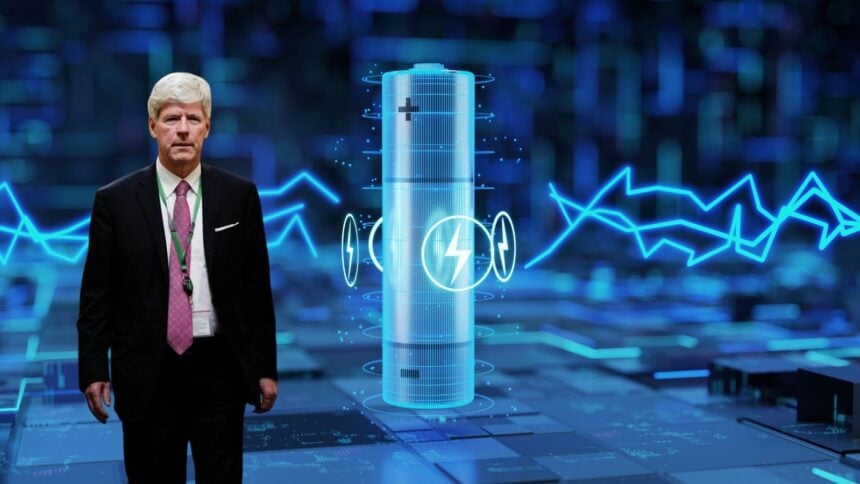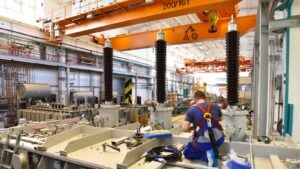Canada is putting more public capital behind domestic battery manufacturing. On October 3, Energy and Natural Resources Minister Tim Hodgson said the federal government will invest more than $22 million to accelerate innovation and expand production capacity across the battery supply chain, part of a broader push to build critical technologies at home.
In a press release, Hodgson said, “Canada has the resources, talent and skills to be a global leader in battery innovation.”
The new funding flows through Natural Resources Canada’s Energy Innovation Program, specifically its Battery Industry Acceleration Call aimed at research, development, demonstration and scale up.
In a backgrounder, NRCan listed eight recipients that together account for just over $22.8 million in awards. The projects target cost reductions, higher energy density, better cold weather performance and lower environmental footprints in a mix of cell chemistries and components.
NOVONIX Battery Technology Solutions will receive $5 million to advance an all dry, zero waste process for cathode active materials, validating commercial feasibility at a pilot facility.
Calumix Technologies is set to receive about $4.55 million to scale a coating platform for battery current collector foils, a step designed to raise both energy and power density while shrinking process emissions.
Flex Ion Battery Innovation Center in Windsor will receive roughly $3.32 million to build ultrahigh capacity cylindrical cells that combine dry-electrode manufacturing with internal thermal management.
HPQ Silicon is slated for $3 million to develop equipment that can continuously produce silicon oxide material at high purity and consistent size, a route that could boost energy density in lithium-ion cells.
NanoXplore will receive $2.75 million to develop ultra high power 21700 cylindrical cells aimed at defense applications and industrial power tools.
Two smaller awards go to E-One Moli Energy in British Columbia, one to enhance the power capability of a lithium-ion design and another to improve low-temperature performance.
Nanode Battery Technologies in Edmonton will receive $1.5 million to design tin based anode materials for lithium-ion and sodium-ion batteries.
The projects concentrate on manufacturing methods and components that can lower per kilowatt hour costs, increase throughput, and improve reliability in cold climates.
If the recipients deliver, these advances can ripple into vehicle platforms, stationary storage and electrified equipment, improving unit economics for downstream customers and creating domestic suppliers less exposed to overseas bottlenecks.
In September, Mark Carney named first projects for Canada’s Major Projects Office, a new unit meant to speed permitting and coordination across jurisdictions that signal, combined with the latest battery grants, points to a pragmatic approach focused on getting shovels in the ground while building domestic know how.
Ottawa is also sharpening its narrative around critical minerals, including what Ottawa sees in copper as a strategic lever for industrial policy and grid modernization.
The announcement was made in Montreal, a hub for battery research and emerging manufacturing. It arrives as global demand continues to swell for EV batteries and grid-scale storage.
Government figures in the release flagged the scale of the opportunity and the link to Canada’s 2050 net zero target, but the near term takeaway is simpler.
Ottawa is trying to buy down technical risk and help Canadian firms cross the gap from lab to pilot to production.




















